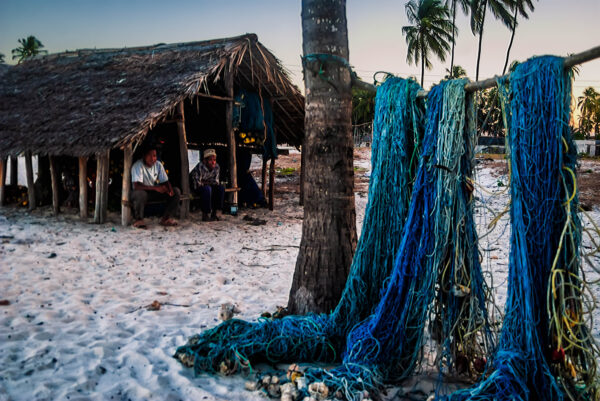
Jambiani, a coastal village
Jambiani: huts built with wood and fossil coral, nested in a corner of the southeastern tip of Zanzibar.
From here on, there are only sand tracks; mass tourism has not arrived yet.
The rhythms of life in this village are set by Nature and tides.
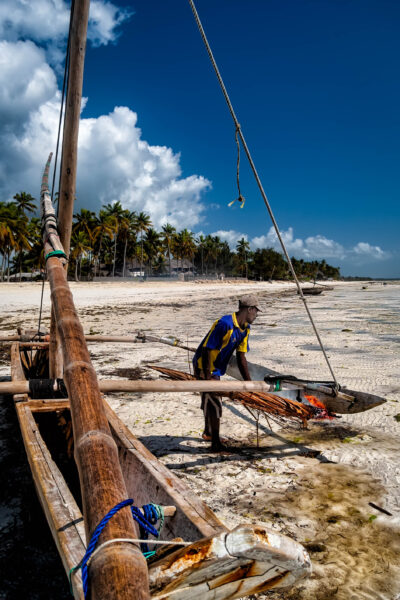
The people of Jambiani live by the sea. Men fish aboard their ngalawas, narrow pirogues with balances made of very hard mango trunks dug with fire, and sails made of sackcloth. Women and children deal with algae cultivation.
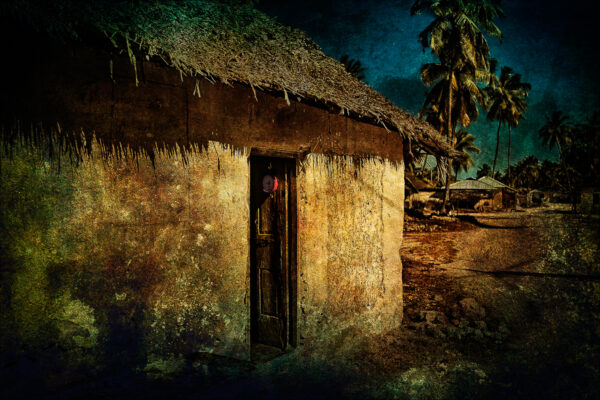
Algae cultivation
Algae are grown in small underwater plots delimited by wooden sticks and wires. They look like domestic gardens.
It takes three months for these brown and reddish algae to ripen. Then they are ready to be harvested and brought away from the tide line, to dry.
They are not used for food. People of Jambiani have daily fish catch as the main course. Besides, they breed animals (goats, chickens, cows) and have coconuts and vegetables to supply calories and vitamins.
The dry algae are sent to a nearby plant, which will pack and export them.
They deal with Japan and Korea – where the algae are a gastronomic delicacy. Other stocks get the cosmetic laboratories scattered around the world.
This way a natural product that for the locals has no real value has turned into one of the sources of livelihood of the village economy.
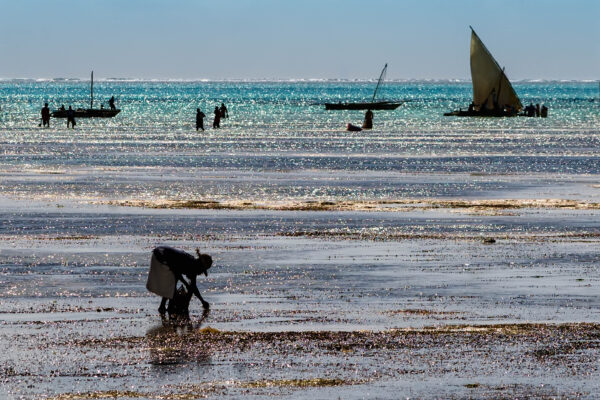
Life in the village
When low tide occurs in daylight, the life of the village is almost completely transferred to this temporary swamp.
Women, children, and a few elders hurry to take advantage of the hours granted by the receding water.
They harvest the mature algae. Flush out of the sand soft worms that will serve as bait for fishermen and collect shells that will be eaten later.
The course of the tide
When the tide rises again, they go back to their homes to take care of the harvest of the day and to wait for the return of the fishermen who will take advantage of the favourable moment to climb over the reef again and return home with the catch.
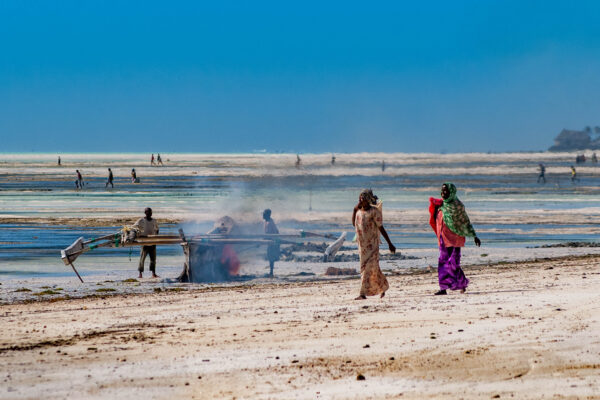
When low tide occurs during the night, it’s welcomed only by the still silence of the village’s sleep. Rarely – in the pale light of the full moon – you can see a solitary figure leaning towards the ground; perhaps a latecomer or an insomniac.
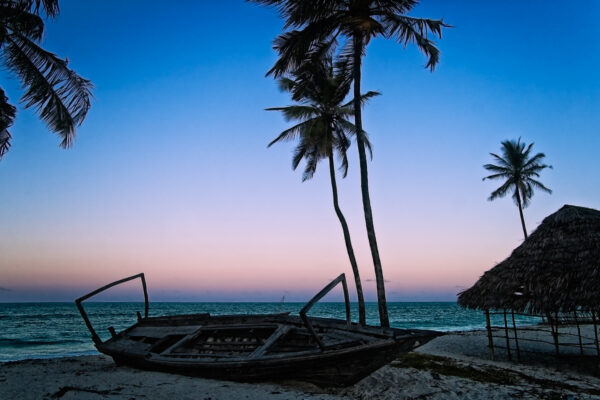
But here at the equator the days always last twelve hours. There is always at least one period of low tide illuminated by the sun when the life of the village moves completely a few hundred meters further east on the uncovered bottom of the sea.
Did you like it? For more beautiful photos and travel stories, just use the menu above and browse the site. Do you know that you can send any of my images as an e-card?
Just choose your favourite image, press the e-card- button down on the right and that’s it, the pic is ready to be sent to your loved ones! Just give it a try, it’s fun and it’s free!
Would you also like to read all my upcoming travel stories? Just click here and subscribe to my newsletter.
I will mail you only when I release a new article. Your information is 100% safe and never shared with anyone



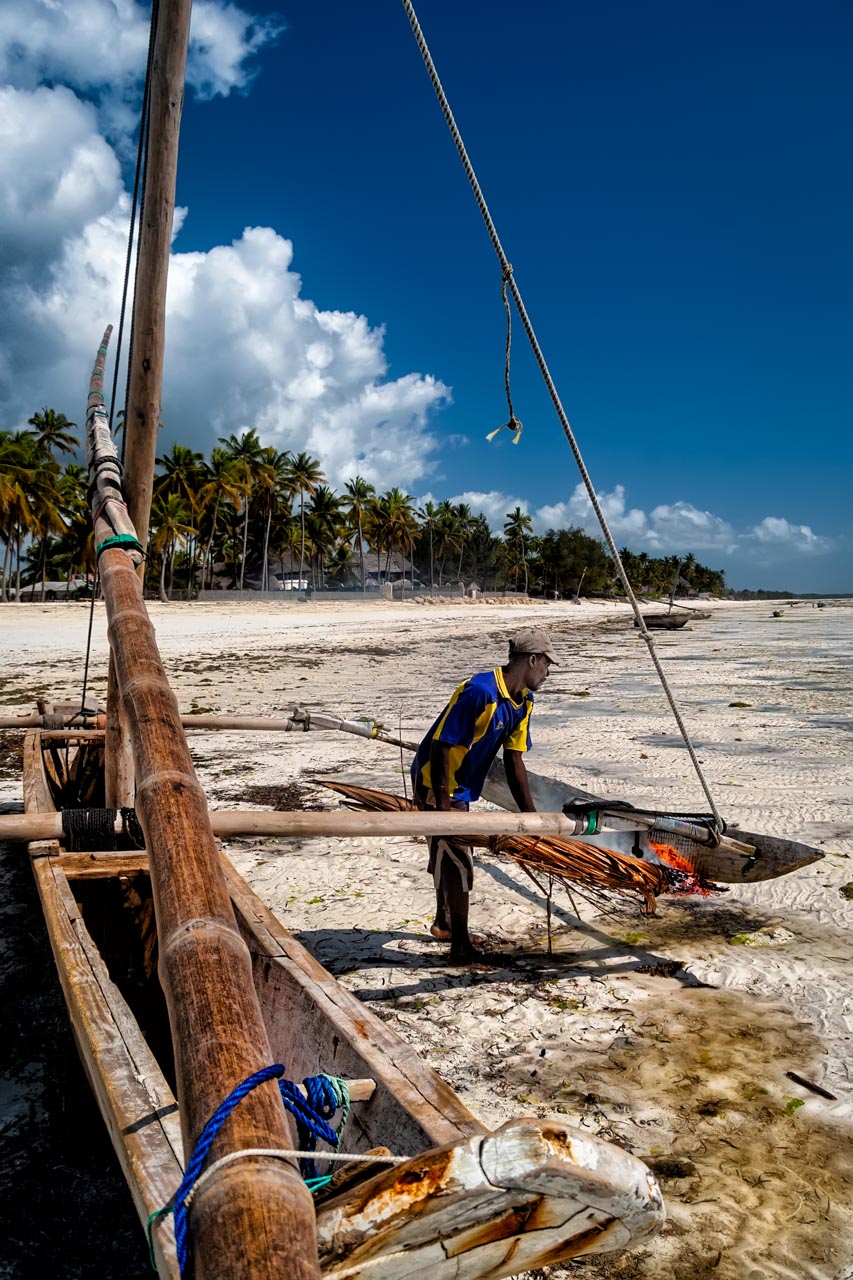
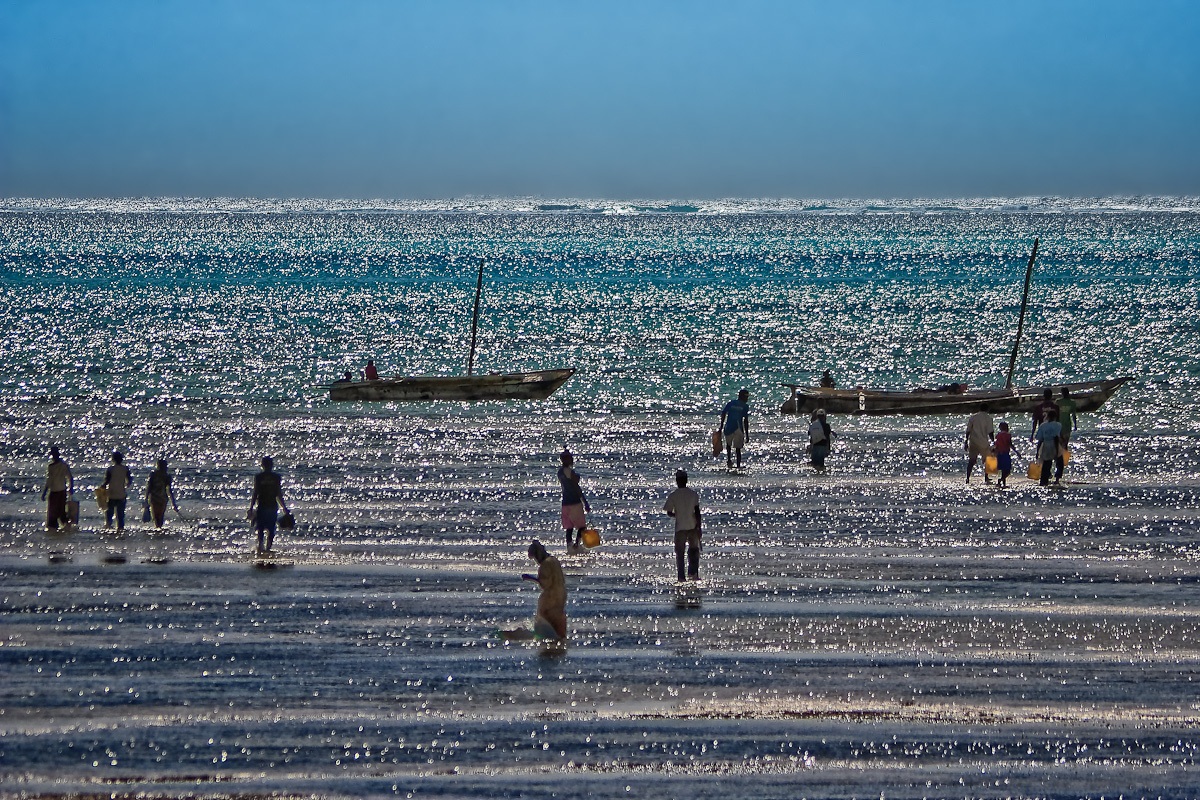
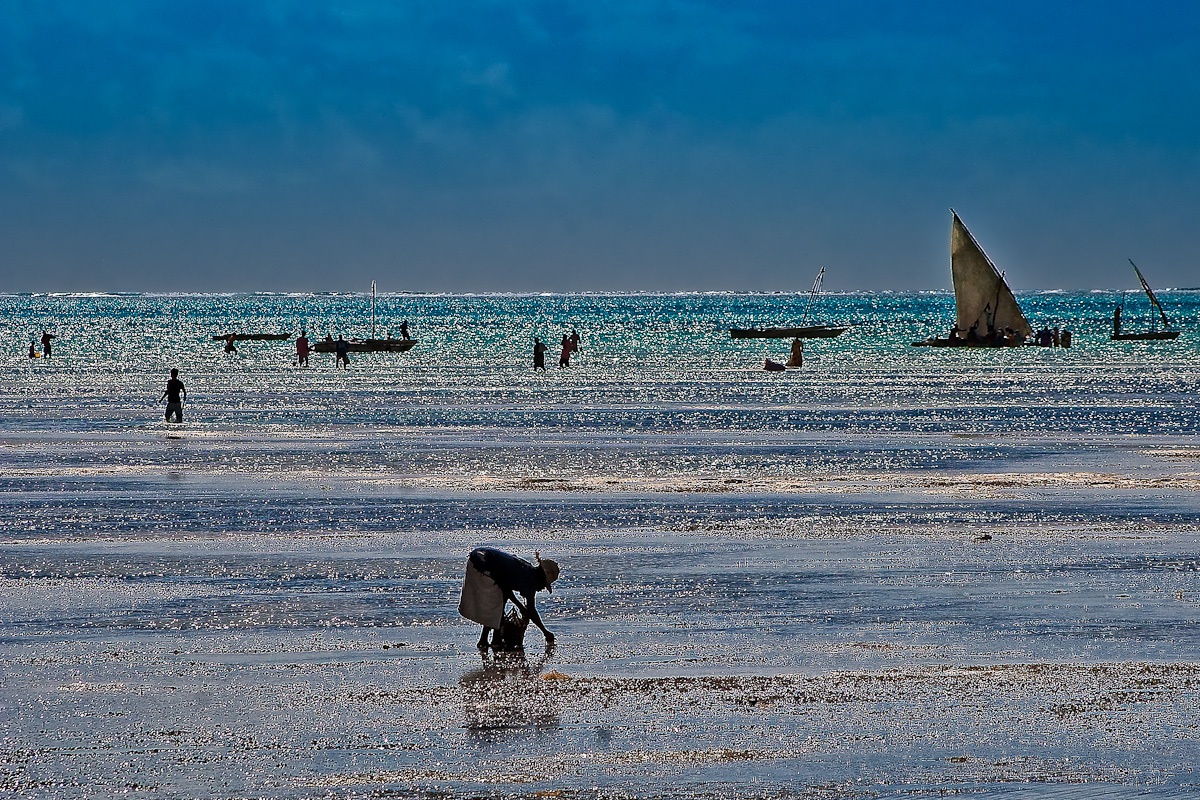





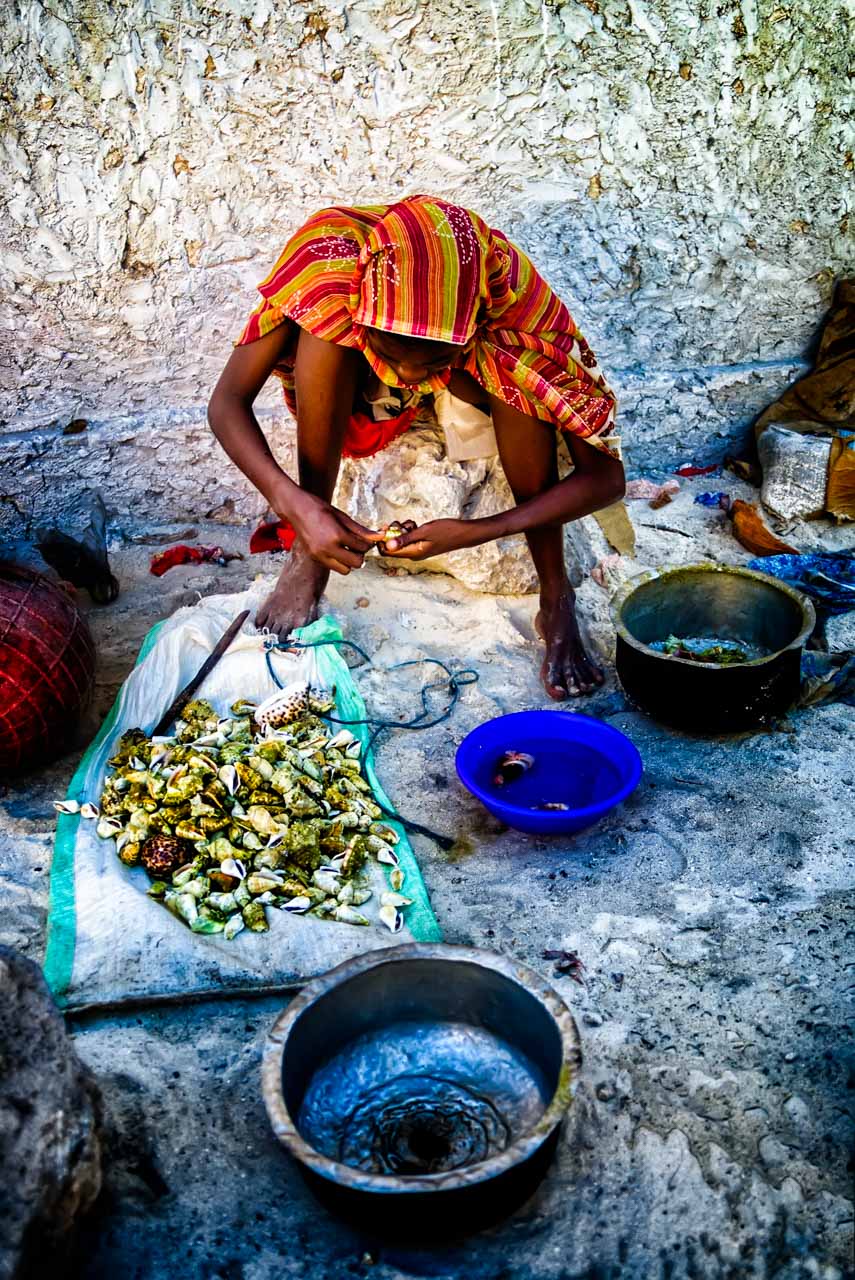
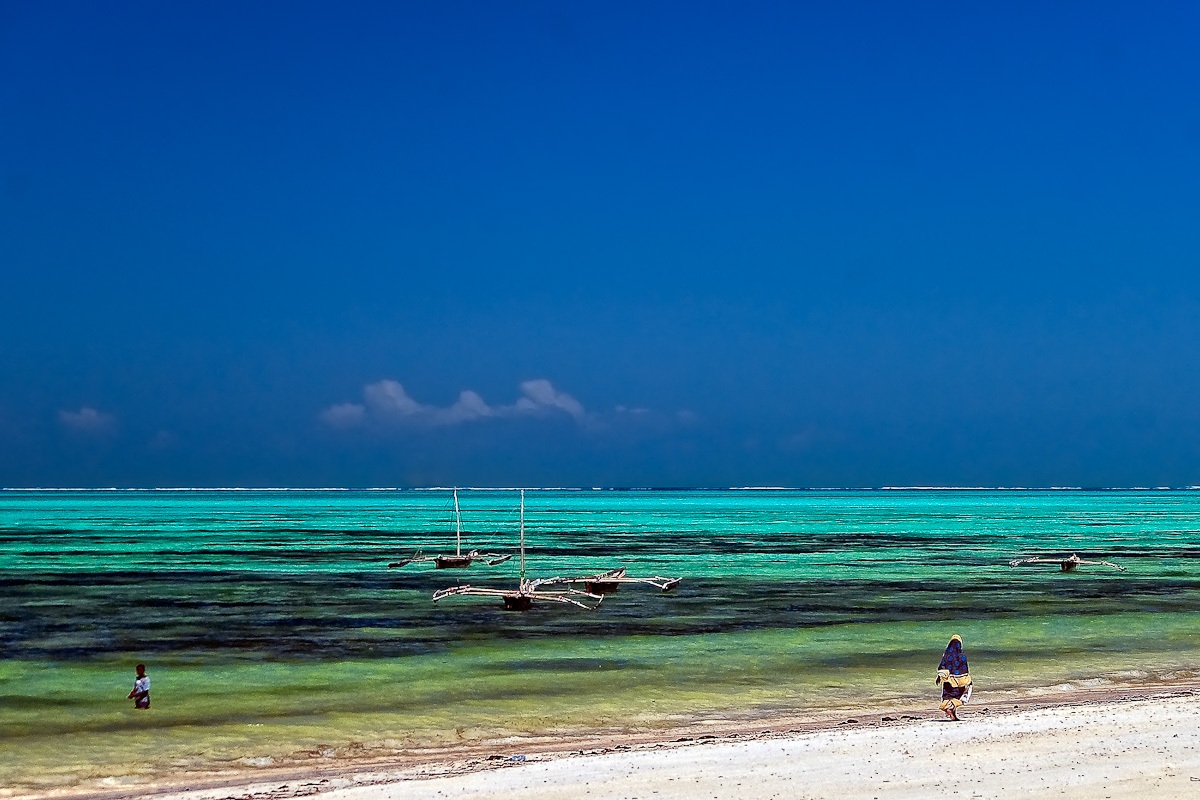




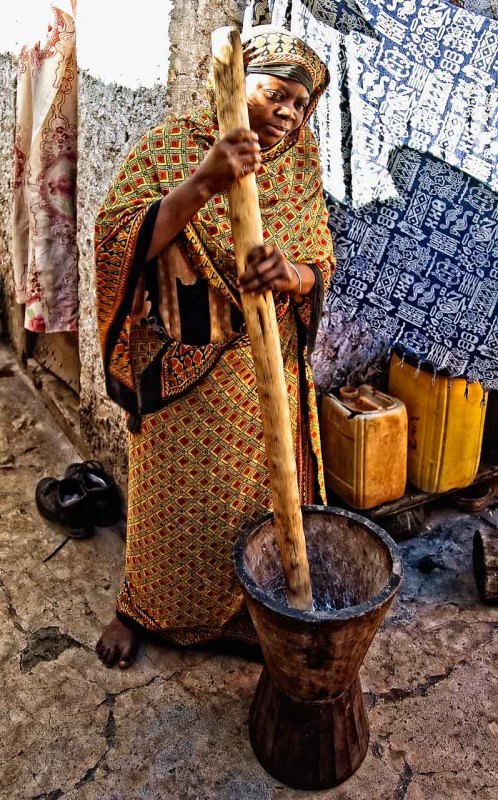





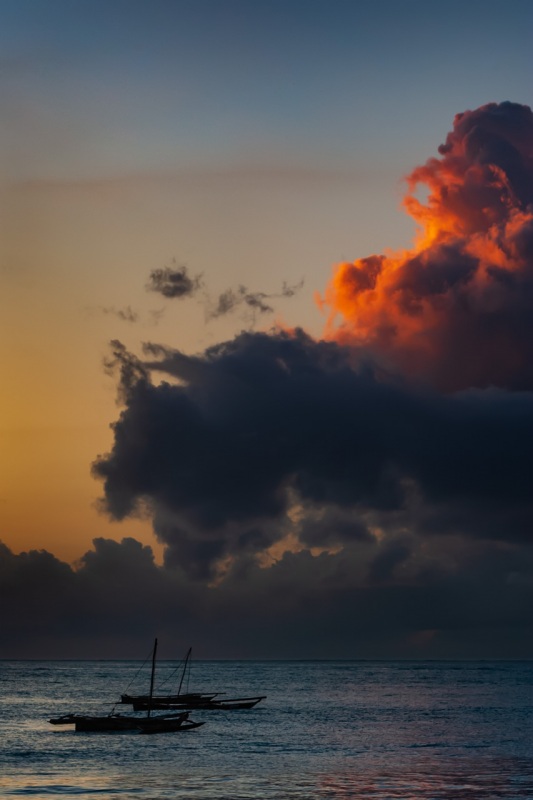





Beautiful blog and so interesting. I love how you had it in English! Thank you